Common Cooking Mistakes You Should Avoid
Chefs and food critics reveal common cooking mistakes you should avoid.
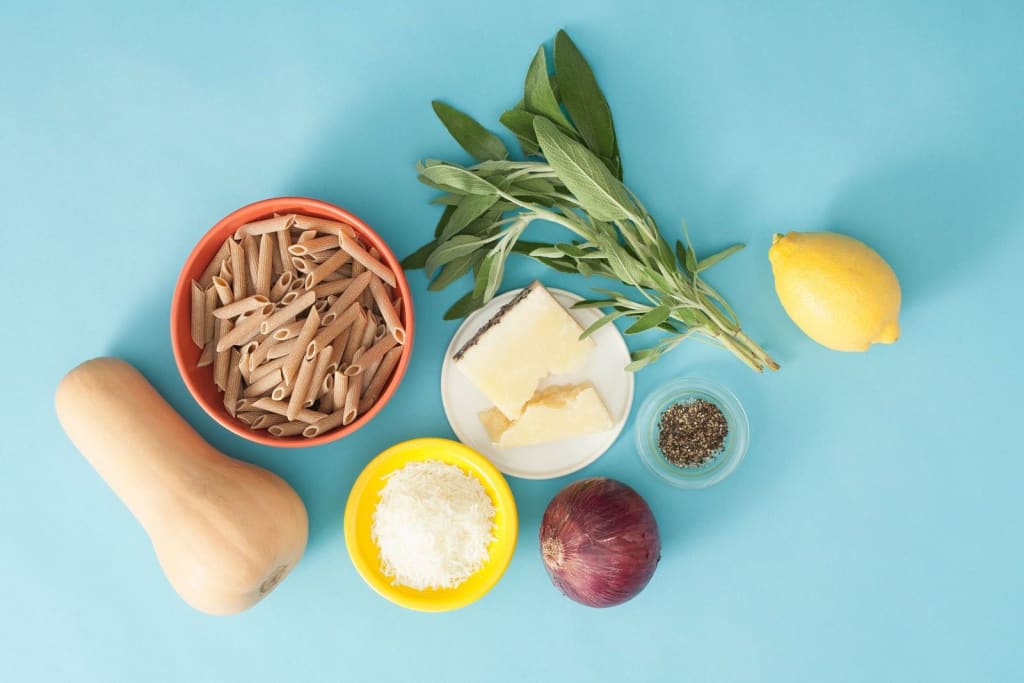
As many people in the tri-state area could tell you, I used to be a professional food critic. In those years, I actually worked hard to develop a good palate for food, a fine understanding of what it takes to make a good meal, and a good grasp of food flavor pairings.
As my training as a food critic became more in-depth, I started to notice a lot of common cooking mistakes people make while they try to create delicious dinners, decadent deserts, and bangin' breakfasts.
I decided that I wanted to help people learn how to be a better cook with this article. Here are some common cooking mistakes you should avoid, if you want to cook like a pro.
Overcrowding pans when you fry things up.
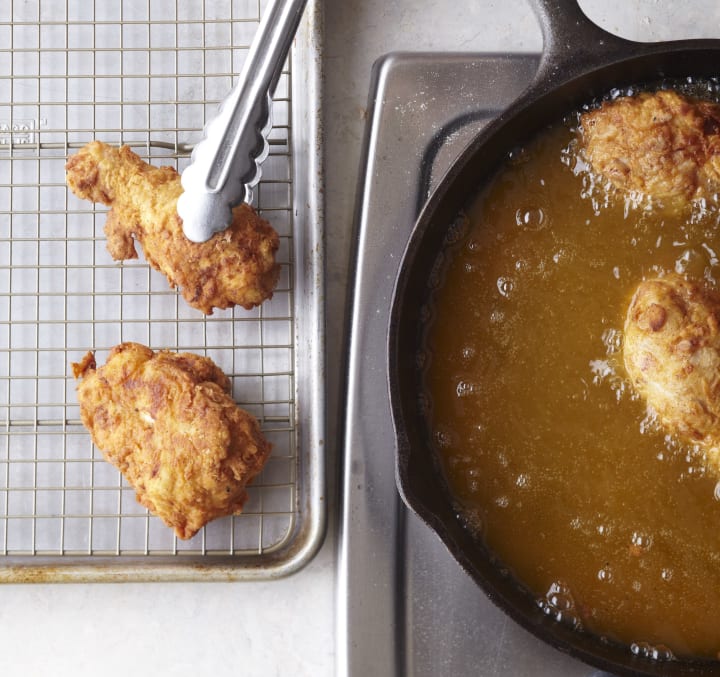
It doesn't matter whether you're frying something, sauteeing something, or just "indoor grilling it." If you overcrowd the pan, you're making one of the most common cooking mistakes you should avoid.
The reason why is simple - an overcrowded pan will have a harder time distributing heat evenly. This in turn means that the chicken breasts you're cooking will end up cooked at different temperatures, which can affect the way their texture will be.
If you want to do things correctly, you need to make sure none of the foods are touching when you're frying them up. This gives them enough space to get an even amount of heat, and also gives meats the time to brown up equally.
There's one exception to this cooking mistake, though, and it's worth noting: if you're making rice stirfry or similar kinds of "wok" dishes, then you should expect the foods to touch.
However, it's still a smart idea to avoid having literal piles of rice, as that may make it hard for flavors to diffuse correctly. Obviously, if it's a layered dish that's supposed to have the pan a bit piled up, it's also a different case.
Not tasting as you go.
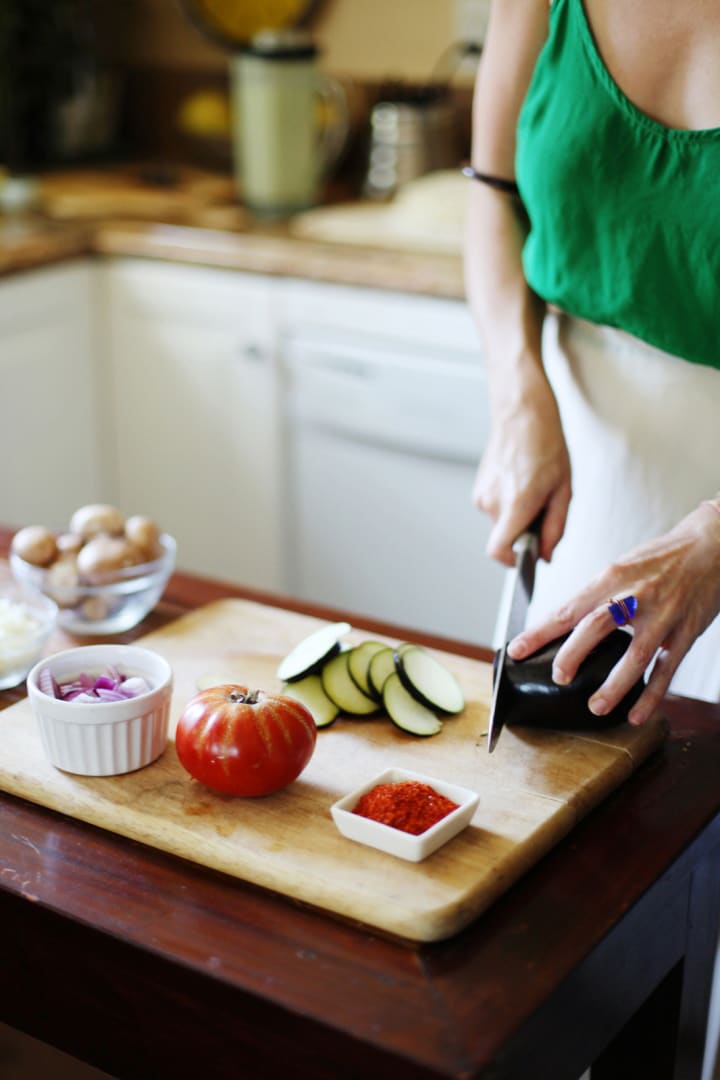
Assuming that you're cooking at home and not for a business, you need to make sure that the food that you're making tastes good. One of the most common cooking mistakes you should avoid is, therefore, not tasting what you're making.
How can you tell if a soup is good if you haven't actually tasted it? How can you tell if it needs salt if you haven't tried a spoonful? Simply put, you can't - and that can lead to some pretty nasty surprises once guests try the food before you.
Losing track of cooking times.
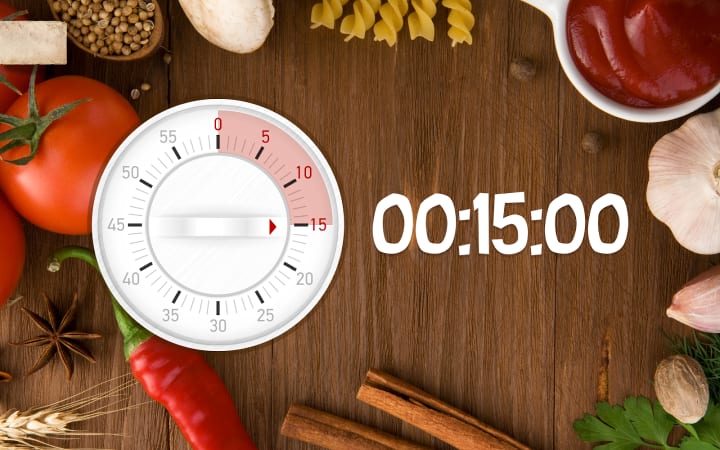
Trust me when I say that I definitely know how tempting it is to start checking emails while you're cooking something on the stovetop. That being said, one of the most common cooking mistakes to avoid is losing track of time and getting distracted by other things.
Unless you want to have burned meat or charred veggies for dinner, you'll keep an eye on your watch - or just keep a timer ticking away.
Not letting meat sit after it's been cooked.
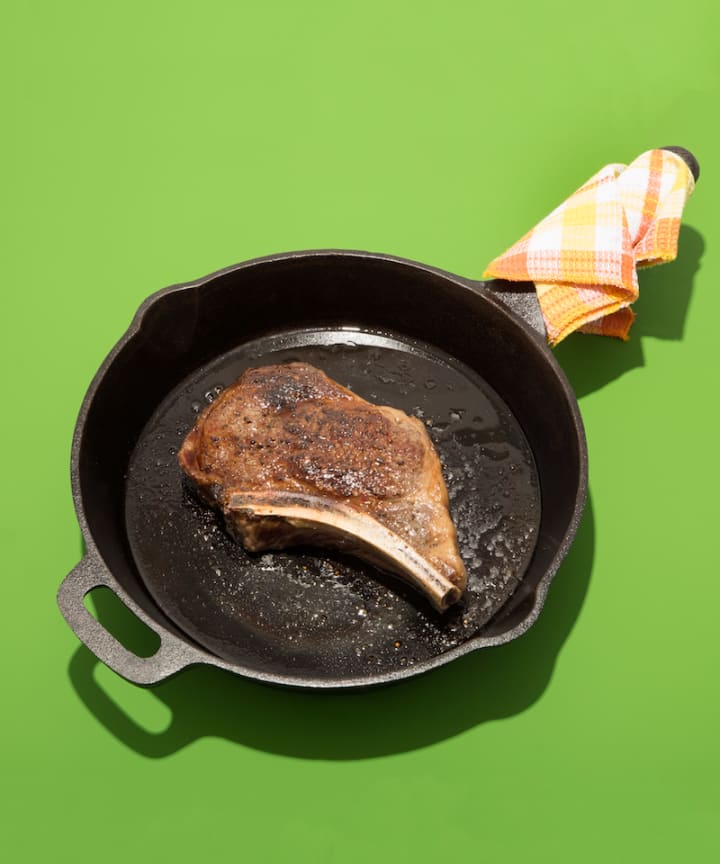
Believe it or not, this is a cardinal sin among culinary pros - and it's one of the most common cooking mistakes you should avoid if you love juicy steaks. When you don't leave meat to rest for a bit, then what ends up happening is that the juices from the meat end up leaking out on the plate. This leaves meat tasting dry and flavorless.
If you want to avoid this common mistake, cover the meat lightly in foil for about 10 minutes and let it sit at room temperature before you serve it. The foil will lock in the heat, and the juices will slowly soak up into the meat once more.
Slicing meat with the grain.
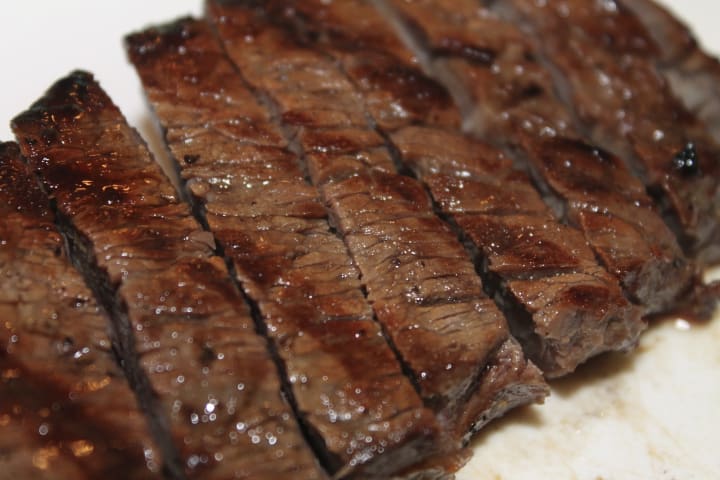
This is one of those really subtle cooking mistakes that can end up turning a good dish into an okay dish. Most people love to cut meat along the grain, simply because it's easier to do so. It may be easier, but it's still one of the common cooking mistakes you should avoid - at least, according to chefs.
Slicing against the grain allows the meat to unlock all of its texture and tenderness. Meanwhile, slicing with the grain just ends up getting you a lot of chewy texture.
Fixing this is easy. Take a look at the grain of the meat, and just start cutting differently - you'll notice a new texture immediately once you sink your teeth into a new slice.
Trying to rush browning veggies or caramelizing onions.
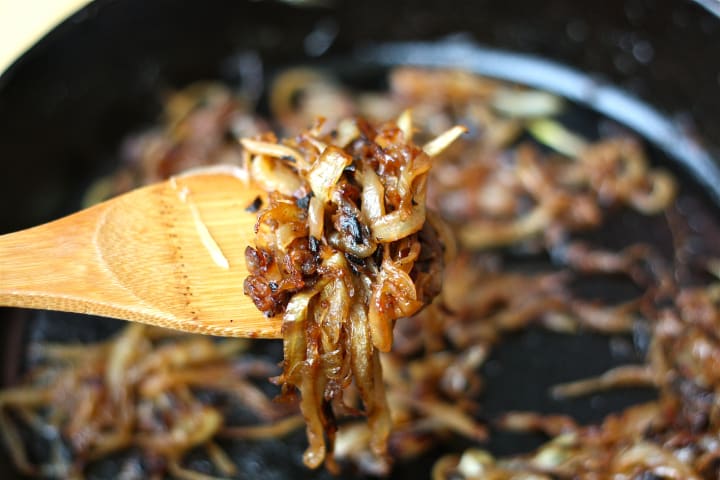
As a food critic, this was one of my biggest woes - and it was a common mistake among chefs, too. When you're roasting or frying up vegetables that release different flavors once exposed to heat, it's crucial to take your time to make sure that they are thoroughly browned.
The most common cooking mistakes you should avoid in this particular category include trying to rush caramelized onions, and trying to rush fried Brussels sprouts.
Both onions and sprouts become sweet, buttery, and creamy once cooked thoroughly. If you try to rush them, then chances are that they will lose the creamy texture, or that the delicious flavor that you wanted will only end up on parts of the foods you're browning.
A decent level of heat with a longer cooking time will give you better, more flavorful caramelized foods. Foods like onions and sprouts take time to cook, so plan ahead.
Not reading the recipe before you start it.
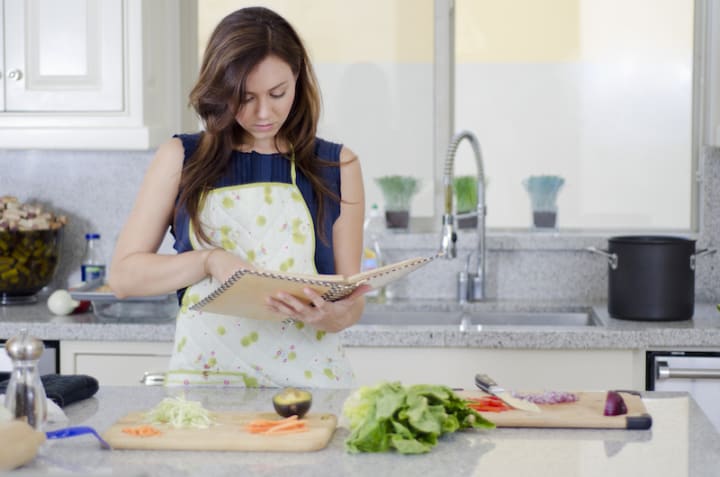
One of the most common cooking mistakes to avoid is not actually reading a recipe you want to try before you decide to cook it. More specifically, when people read recipes, they fail to actually look at the ingredients, preparation time, and serving portions.
Let's talk about the common mistakes involving lightly skimming ingredients. Though there are definitely some recipes that are surprisingly tasty despite having odd ingredient pairings, the fact is that most of us tend to know when a recipe might look good but taste foul.
If you notice an ingredient you can't stand, or a pairing that sounds wonky, you may want to reconsider making that recipe. However, there's still nothing wrong with getting experimental in the kitchen - as long as you're okay with having a TV dinner as backup in case you hate the recipe's outcome.
Additionally, you might want to check to make sure that you have all the ingredients before you start prepping the food. Many very common cooking mistakes to avoid start off when people realize they're missing a key ingredient. Rather than "improvise" or making the epic fail of skipping it, it's often better to hit the store with a list before you decide to cook it.
Also, if you are trying to stick to a diet or if you're prepping food for a dinner, you need to look at portions and prep time. Otherwise, you may end up woefully underprepped for your event, or you might need to explain why the food cooked by you doesn't match what you promised would be there.
Putting cold meat onto a hot pan.
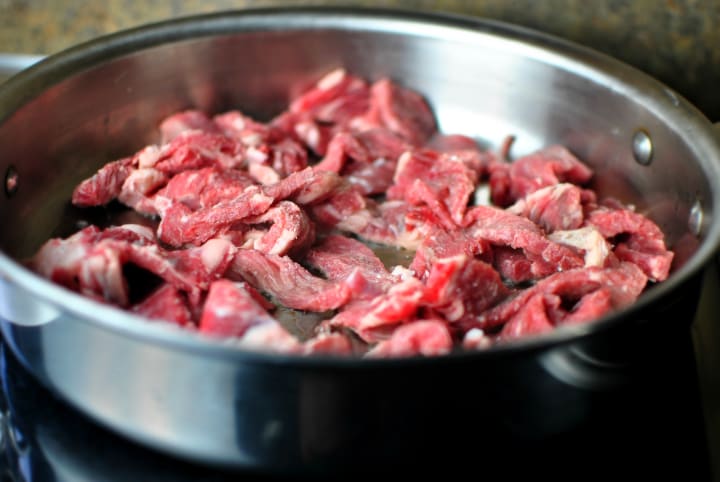
Have you ever had food cooked by someone who was way too much in a rush to actually thaw things out? If you have, then you know that it's probably one of the least pleasant things you could imagine.
When you put cold meat (as in straight from the fridge or freezer) onto a hot grill or a hot pan, you're looking at a bad time. This is because the coldness of the meat makes the food cook unevenly - which in turn means you'll end up with meat that has cold spots, or meat that is burned in random places.
Unless you love biting into meat that could be cold in the center, you will want to chalk this gaffe as one of the most common cooking mistakes to avoid. Meat will cook way more evenly if you leave the meat out at room temperature for about 15 to 30 minutes.
Underseasoning pasta water.
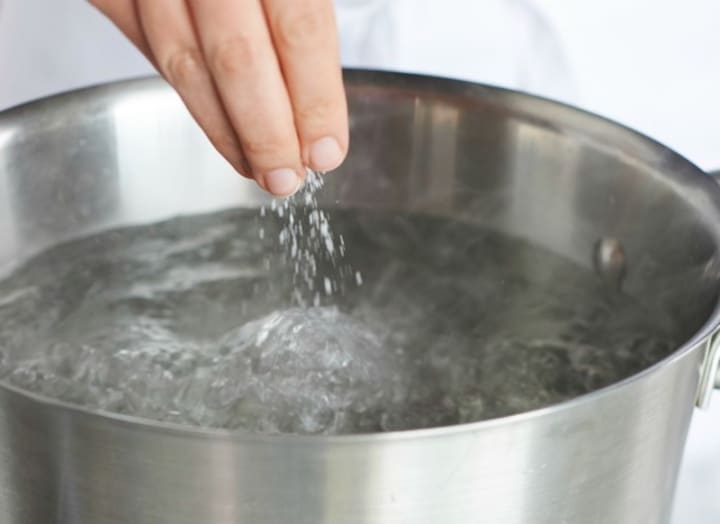
Pasta is one of those things that you'd think was hard to get wrong. They have instructions, even a "Time Cook" chart on the box. But, the thing that most pasta boxes don't tell you is the importance of salting or seasoning the water boiling the pasta.
Not seasoning the pasta water basically robs you of an entire dimension of flavor. Pasta soaks up flavor like a sponge, so if you want to have some really amazing flavor, add at least 1 1/2 tablespoons of salt for every pound of pasta you're making.
If you really want to try an amazing punch of flavor, then drop in a boullion cube into the pasta water before you boil it. Once you give that a try, you'll understand why this is one of the most common cooking mistakes to avoid - at least, if you adore pasta as much as I do.
Letting salad get soggy.
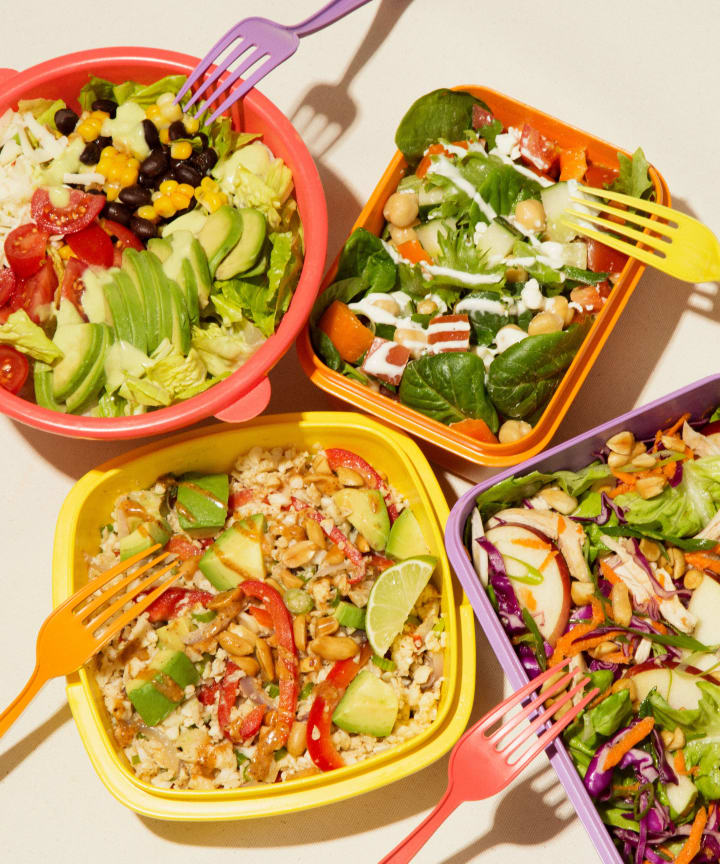
A good way to turn people off to ever having salad is to serve up soggy, greasy, sad salads to them. There are actually quite a few common mistakes that can turn a good salad bad.
First off, most delicate greens can't handle mistreatment. If you have arugula, spring greens, or even many kinds of lettuce, chances are that they can't handle being wet for too long. They end up absorbing the water, which in turn makes them soggy messes.
If you need to rinse the greens, use a salad spinner or paper towels to dry them off as quickly as possible. Or, better yet, buy them in a prewashed state and save yourself the time. A large portion of avoiding soggy salad is to keep the salad dry.
Additionally, another one of the most common cooking mistakes to avoid with salads is adding dressing long before you actually intend on eating them. Salad dressings will make salad wilt surprisingly quickly - especially if it's an oil-based dressing.
Lastly, if you tend to chow down for a while, you might want to serve salads on a chilled plate. This can help keep leafy greens crisper for longer.
Drying out poultry.
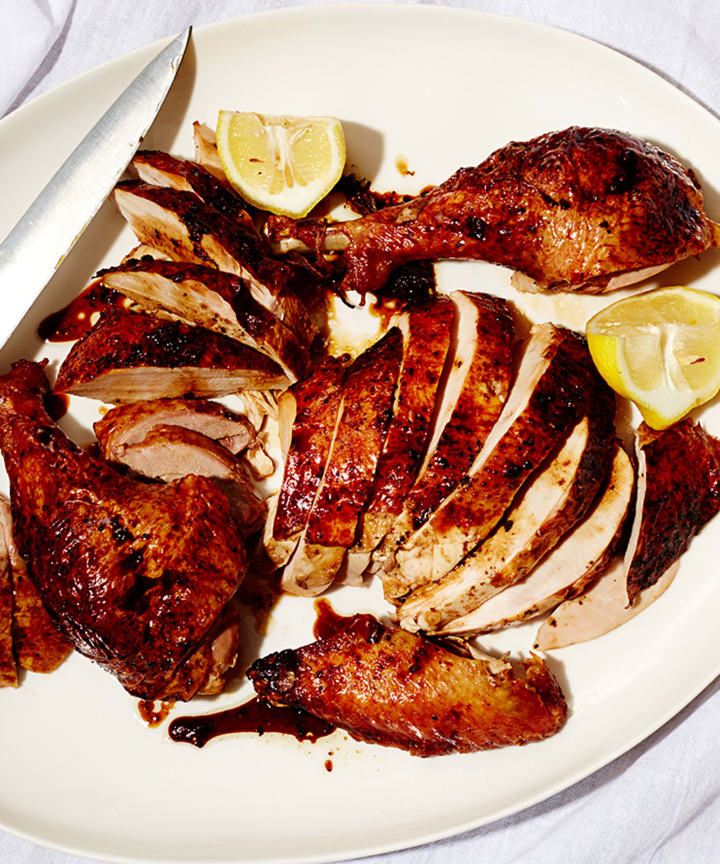
Ever noticed how quickly poultry seems to dry out? Well, there are quite a few common cooking mistakes to avoid if you want to have juicy chicken or tasty turkey. Here are the biggest kitchen mistakes amateur (and sometimes professional) chefs tend to make...
- Grilling poultry on the wrong part of the grill. Chicken, turkey, and other fatty foods can easily get incinerated if you put them right on top of the flame. The reason why is because the fat will drip down into the flame, which in turn will spark up. By the end of the grill session, you'll end up with a dry, burned piece of chicken that has no flavor and no juice.
- Not cooking it for the right time. The cook times on poultry can vary quite a bit. If you aren't sure how long you should cook it, looking it up online, using a meat thermometer, or reading what the recipe says can help. Even so, you may want to look for signs of properly cooked poultry. Chances are that you may be overcooking it.
- Forgetting to baste poultry. Poulty tends to lose a lot of fat during the cooking process - more so than than other kinds of meat. This is why you need to add oil or fat back on top of the poultry when you're roasting it or grilling it. Adding butter, drippings, or similar lipids can be a flavor (and juice) saver!
- Not locking in juice and flavor by covering the meat. Foil and lidded roasting pans are great for locking in flavor. If you ask many chefs, one of the most common cooking mistakes to avoid is not having either tool in your kitchen when you cook chicken.
Measuring dry goods in a liquid measuring cup.
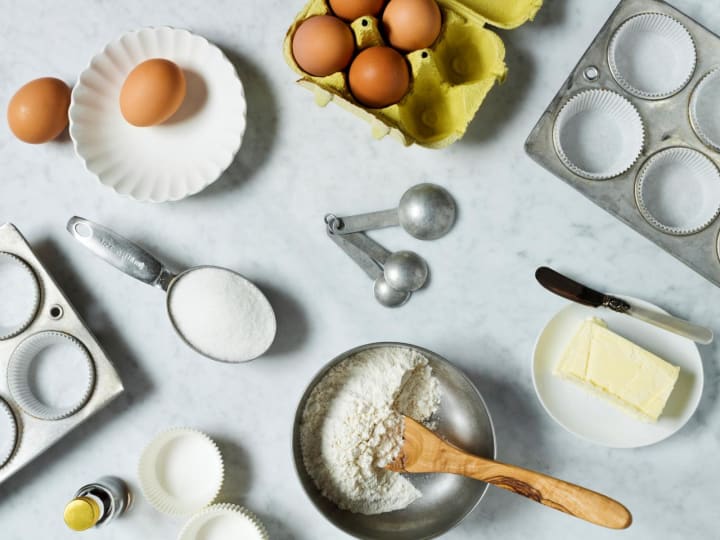
Yes, technically you can use a liquid measuring cup to measure dry foods - but the fact is that this tends to have a problem. More specifically, it tends to make it hard to see if there are any "lumps" in the dry goods that could skew the measurements higher or lower.
Using the "spoon and level" method is a better option, and will give you the exact measurements you need in order to keep your recipes on point.
You let apples and avocados brown.
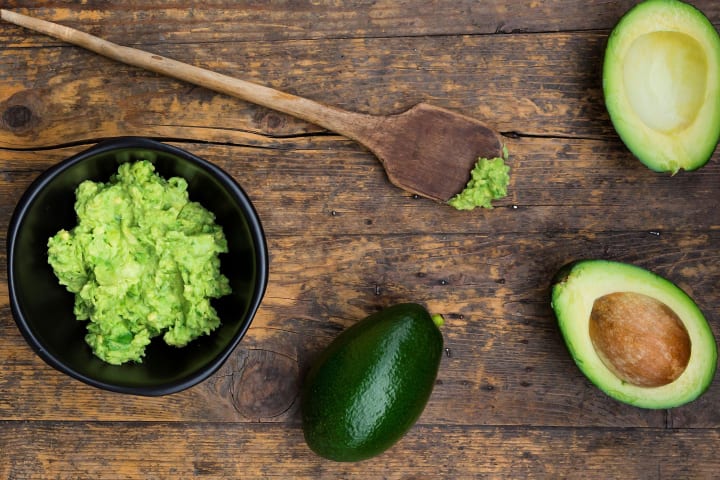
One major pet peeves of novice cooks is trying to keep apples, avocados, and other fruit prone to oxidation from browning. Believe it or not, this is one of the easiest cooking mistakes to avoid having happen to you.
With oxidation, prevention is key. In order to avoid food oxidizing, your best bet is to spray lemon or lime juice on the food in question. That light coating keeps oxygen from getting into your food, which in turn means your food will stay pretty for longer.
With apples, you also can use honey to have the same effect - and it makes fruit salads taste amazing!
Not seasoning enough.
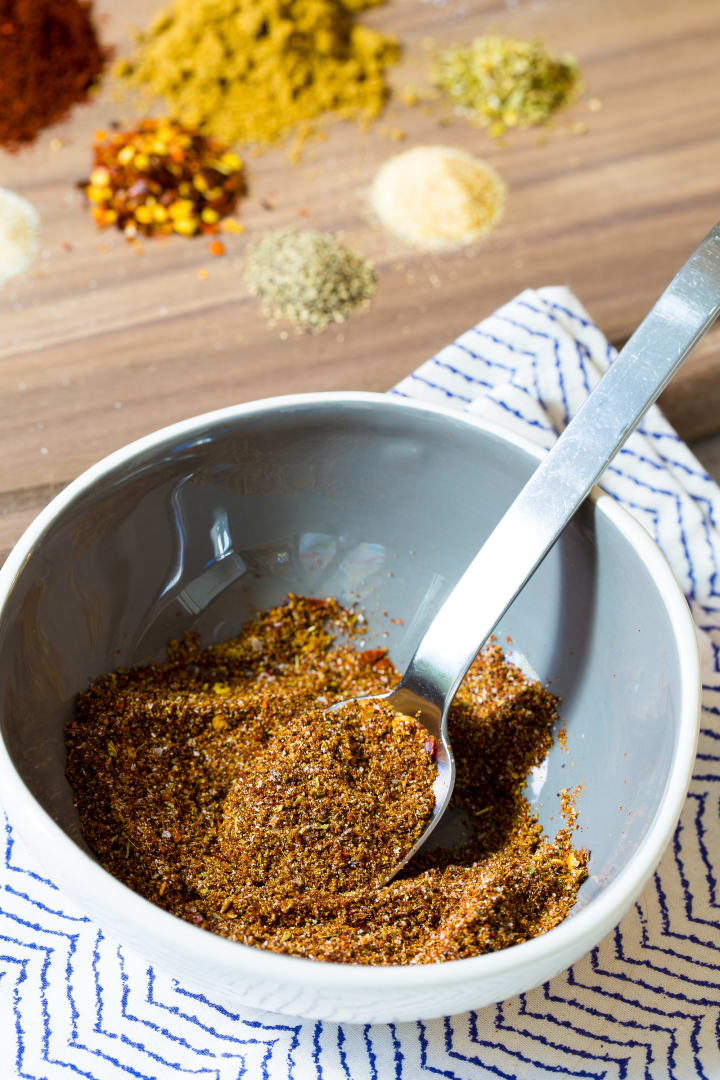
One of the most common cooking mistakes to avoid is the dreaded mistake of not seasoning enough. Both culinary critics and trained chefs bemoan having to try "casual cooking" because the food that's being served is often woefully underseasoned.
Most people rely on fats like cheeses and oils to carry flavor, but that's only half the battle. You need seasonings - and you probably need more than you think you do.
More specifically, you may need salt and pepper. Even if the recipe doesn't call for salt, add just a teensy pinch of it. Salt intensifies flavors. Pepper gives it a spicy kick.
When you add more seasoning, you get more flavor, which in turn means that your meals end up more satisfying - and also means you won't rely on fats to carry the flavor of the meal. Overall, a little bit of spice in every meal can make for a great way to reduce caloric intake and increase flavor.
That being said, it is possible to overseason, and that, too, is one of the most common cooking mistakes to avoid. Moderation is key.
About the Creator
Ossiana Tepfenhart
Ossiana Tepfenhart is a writer based out of New Jersey. This is her work account. She loves gifts and tips, so if you like something, tip her!


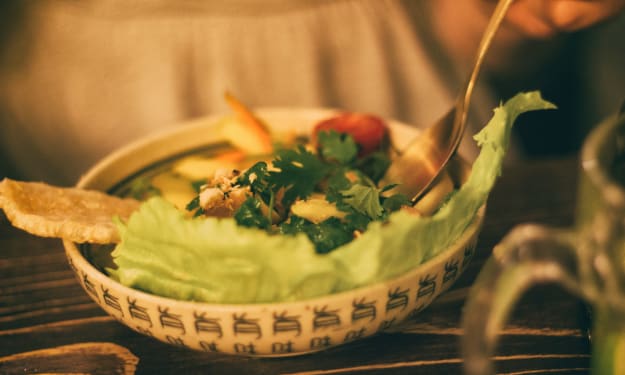

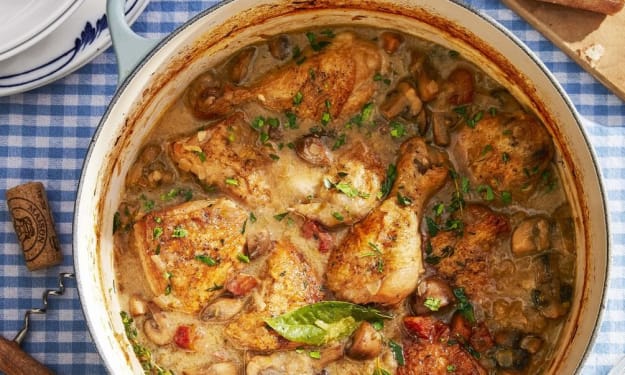

Comments
There are no comments for this story
Be the first to respond and start the conversation.